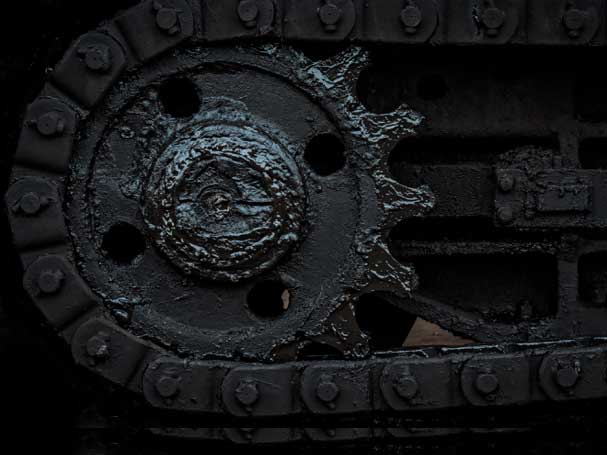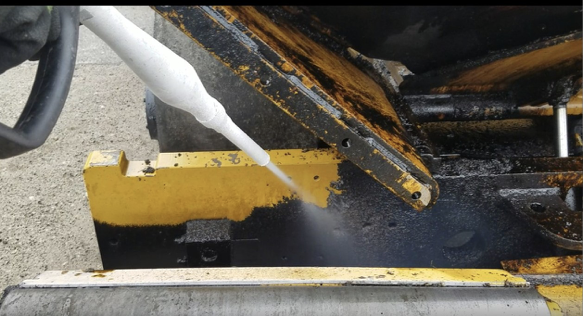Dry ice blasting is a mystery to lots of companies and for good reason, it’s relatively new and a niche player in the much larger sandblasting/surface preparation industry.
Dry ice is frozen carbon dioxide gas, which at around -109 degrees Fahrenheit turns into a solid form, dry ice. The dry ice is generally sold to blasting companies in the form of small (3mm) pellets, and specialized machines are used to blast the pellets.
Fundamentally, the essence of the dry ice blasting process is the very cold nature of the pellets and the blasting process working together in three types of cleaning actions. It is important to note that dry ice has no abrasive qualities, it will not etch or profile metallic surfaces, although ice can affect porous surfaces such as concrete, wood or plaster.
IMPACT, TEMPERATURE AND SUBLIMATION provide the cleaning muscle of dry ice blasting.
- IMPACT – The pellets striking the object’s surface dislodges the surface contaminates, such as grease or loose paint. The compressed air accelerates the impact, the higher the psi, the better the impact works. Typical blasting is usually between 75-100psi, but can be boosted up to more than 200psi, which dramatically improves the effectiveness of the impact.
- TEMPERATURE – As the dry ice strikes the substrate surface, the temperature of both the dirt/residue layer and the substrate decreases. The different materials contract unequally, for example grease on a steel machine freezes more quickly than the steel surface underneath it. The surface tension or the adherence between them decreases, the grease becomes harder and more solid, making it easier for the impact to remove the grease cleanly from the surface.
- SUBLIMATION – The making of dry ice consumes a lot of energy to make the carbon dioxide gas freeze into a solid. This energy is suddenly released upon impact, in the blink of an eye the dry ice is converted back into a gas, releasing energy in a volume expansion that creates an explosive effect that is a force multiplier, getting underneath loose debris and generally increasing the already potent cleaning power of just the impact itself.
The best applications for dry ice will have dirt, contamination, or other issues that react to the extremely cold temperature of the dry ice, applications like cleaning food residue off stainless steel processing equipment, removing grease on chains or equipment, or foam from steel molds.
Finally, there are too many applications where dry ice blasting can be effective to try and describe every possible use here. What you need to remember is that where you need something cleaned that has a surface contamination that reacts well with extremely cold temperatures, and non-abrasive media is needed, it is an excellent candidate to be cleaned with dry ice blasting.


